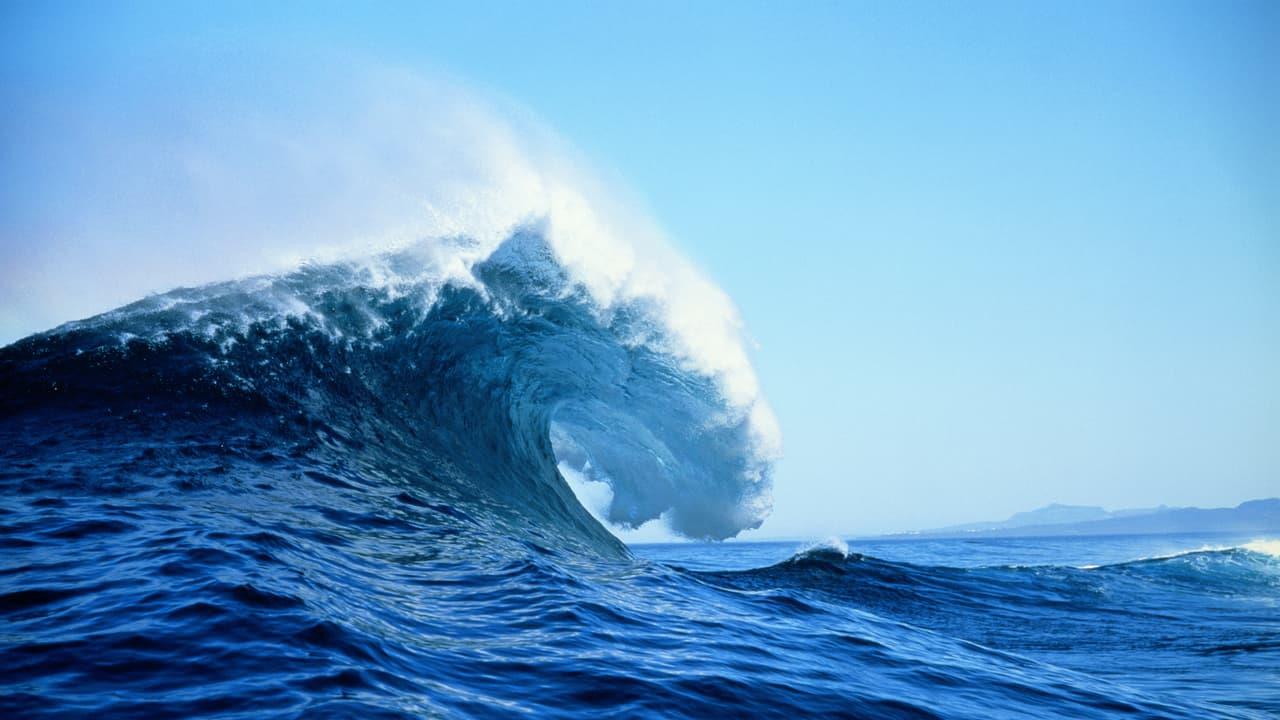Scientists Uncover How Rogue Waves Form In The Open Ocean
For centuries, sailors spoke of monstrous waves rising out of nowhere, swallowing ships whole. Long dismissed as myth, these rogue waves became real on January 1, 1995, when an 80-foot wall of water struck the Draupner oil platform in the North Sea. That single event delivered the first hard evidence that these giants were no legend.
From Myth to Measured Reality
The Draupner wave sparked decades of debate over how such extremes emerge. Francesco Fedele, associate professor at Georgia Tech, and his international team recently analyzed 27,500 wave records spanning 18 years in the North Sea-the most comprehensive dataset of its kind.
Their findings, published in Nature's Scientific Reports, show that rogue waves don't rely on exotic forces. Instead, they arise when common ocean behaviors-waves lining up in sync and natural nonlinear stretching-happen at just the wrong moment.
Ordinary Physics Behind Extraordinary Waves
For years, scientists believed modulational instability, where small timing shifts concentrate energy into one massive wave, was the main culprit. But Fedele's team found little evidence of this in open-ocean data.
Instead, rogue waves occur through two simpler mechanisms:
Linear focusing: when waves traveling at different speeds and directions align perfectly, stacking into a giant crest.
Nonlinear stretching: a natural wave effect that makes crests taller and steeper while flattening troughs.
When these processes combine, they can generate a wave 15–20% larger than normal, turning ordinary seas into sudden danger zones.
Why Forecasting Matters
Rogue waves are not freak accidents-they are predictable outcomes of ocean physics. Updating models to account for this is vital for ship safety, coastal defenses, and offshore structures.
Today, agencies like NOAA and companies like Chevron are already using Fedele's models. His team is now training AI to detect the subtle conditions that precede rogue waves, with the goal of real-time forecasting.
A New Perspective on the Ocean
The key lesson: rogue waves don't break the rules of nature. They follow them. By listening more closely to the ocean's language, scientists hope to better predict and prepare for these extreme events.
Legal Disclaimer:
MENAFN provides the
information “as is” without warranty of any kind. We do not accept
any responsibility or liability for the accuracy, content, images,
videos, licenses, completeness, legality, or reliability of the information
contained in this article. If you have any complaints or copyright
issues related to this article, kindly contact the provider above.
Most popular stories
Market Research

- Nutraceuticals Market Size Projected To Witness Strong Growth During 2025-2033
- Excellion Finance Scales Market-Neutral Defi Strategies With Fordefi's MPC Wallet
- Pluscapital Advisor Empowers Traders To Master Global Markets Around The Clock
- Meme Coin Little Pepe Raises Above $24M In Presale With Over 39,000 Holders
- Vietnam Vegan Food Market Size, Share, Trends And Report 2025-2033
- Red Lions Capital And Neovision Launch DIP.Market Following ADGM Regulatory Notification






















Comments
No comment